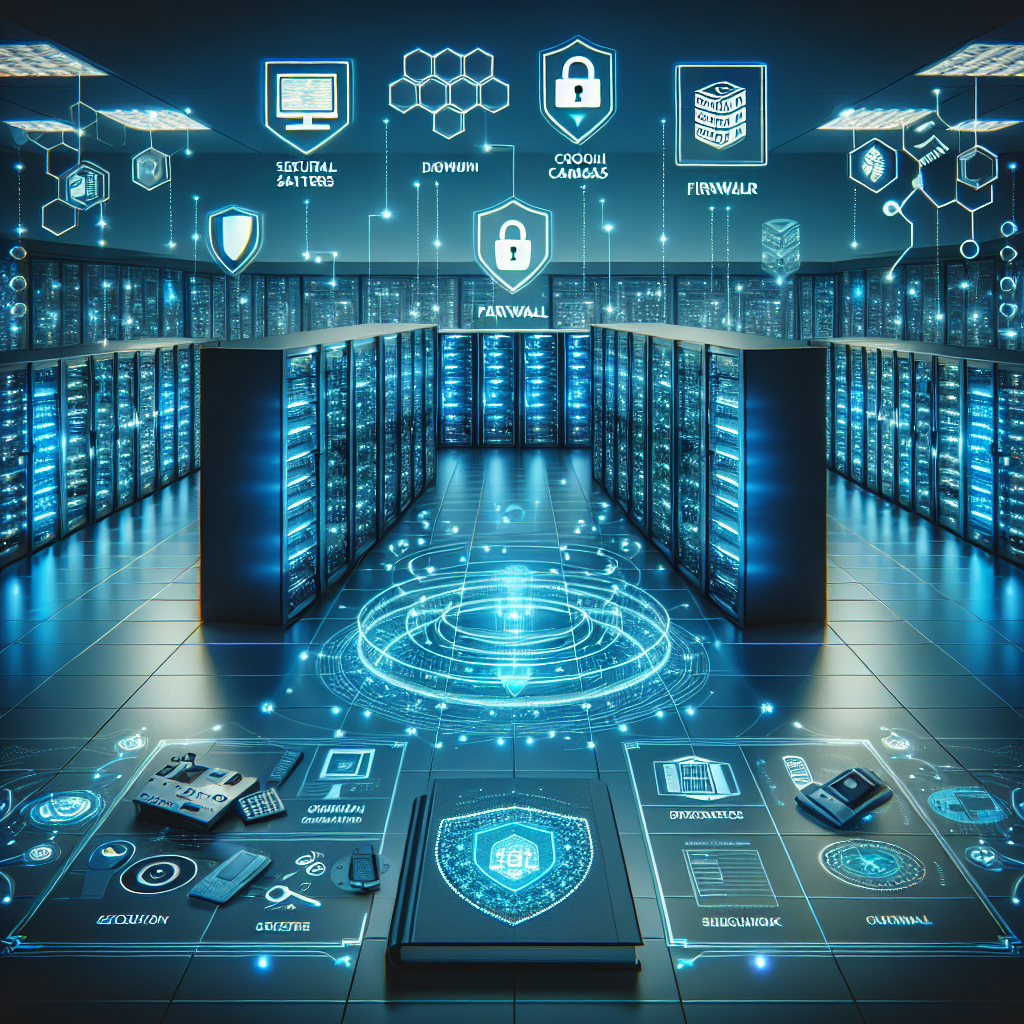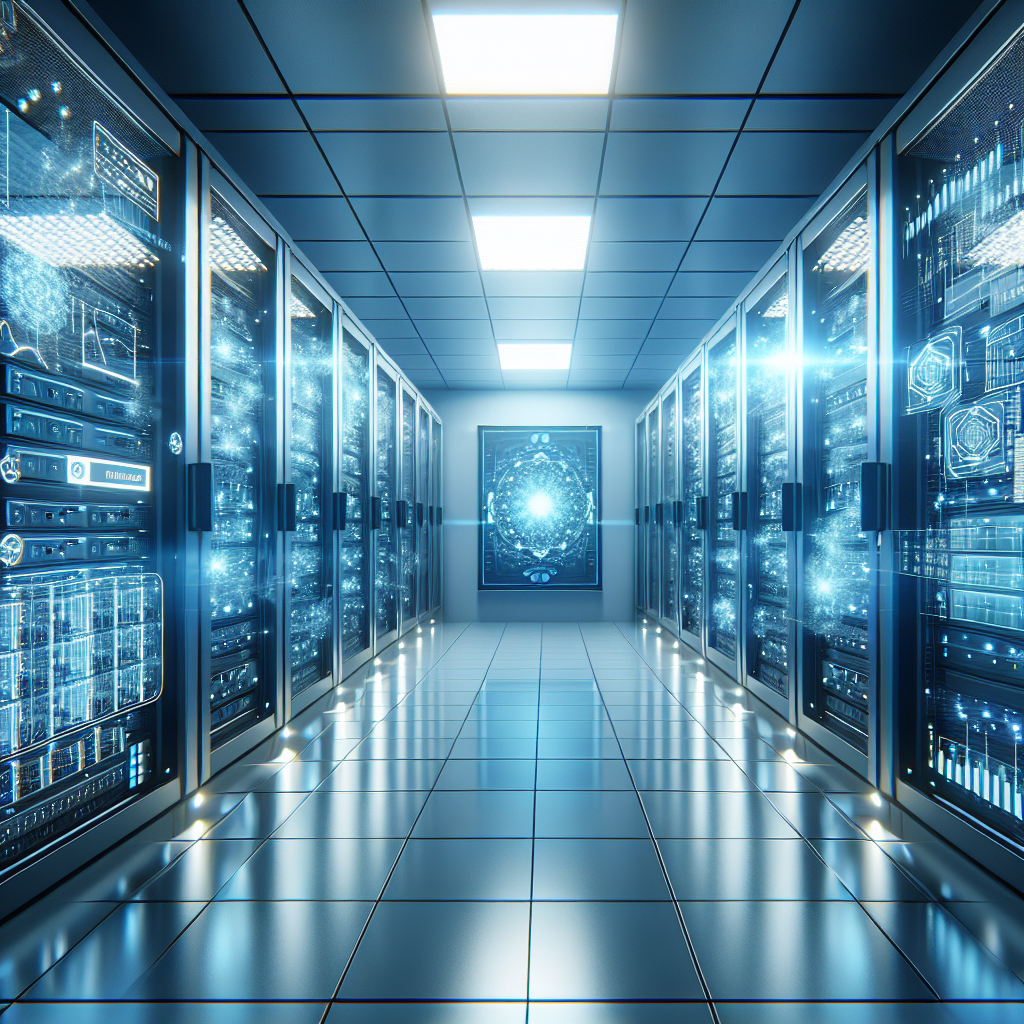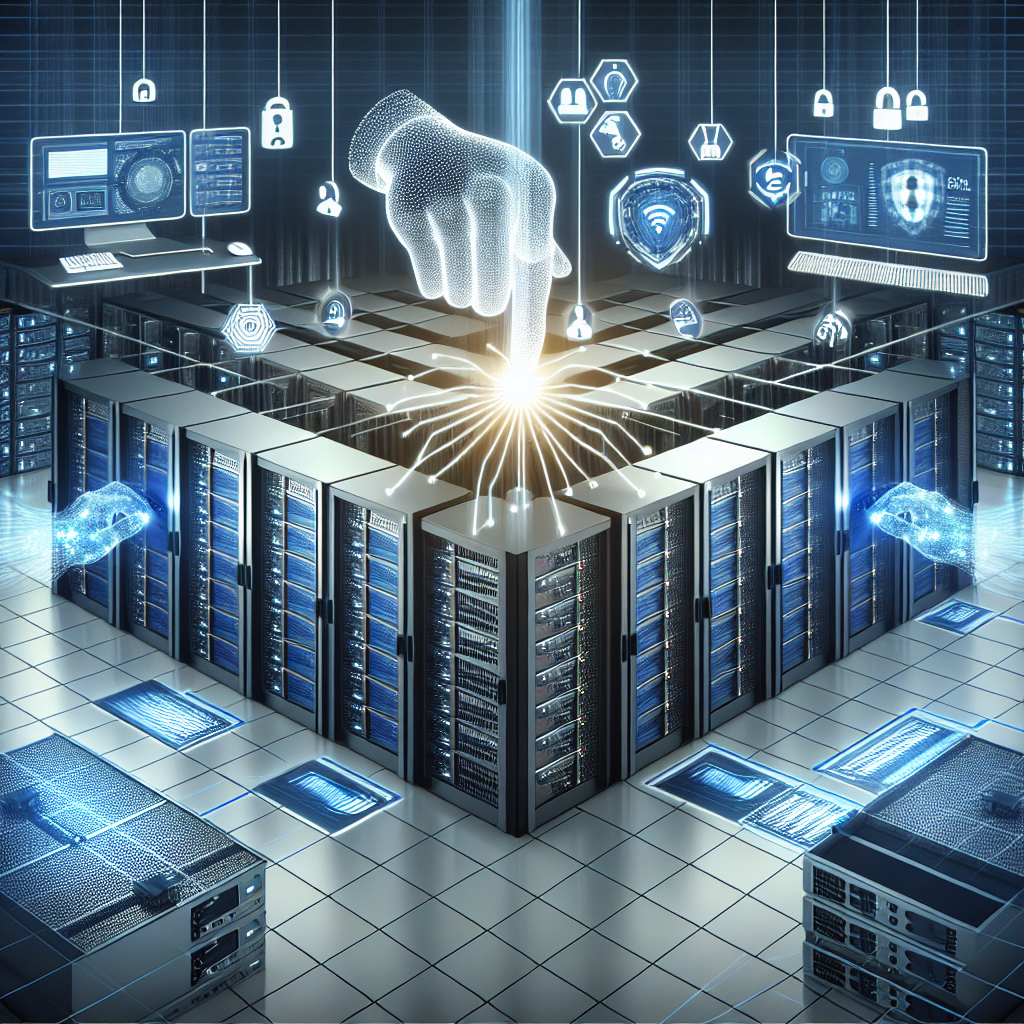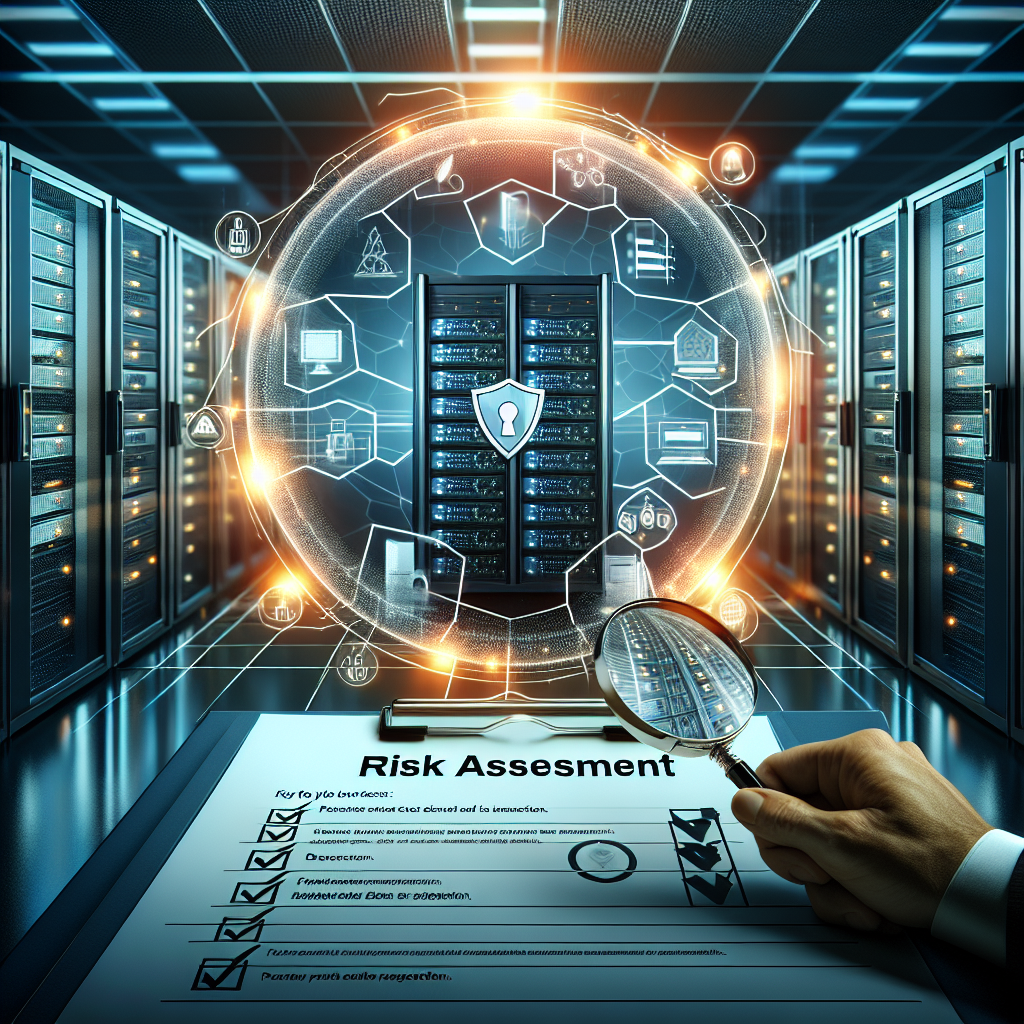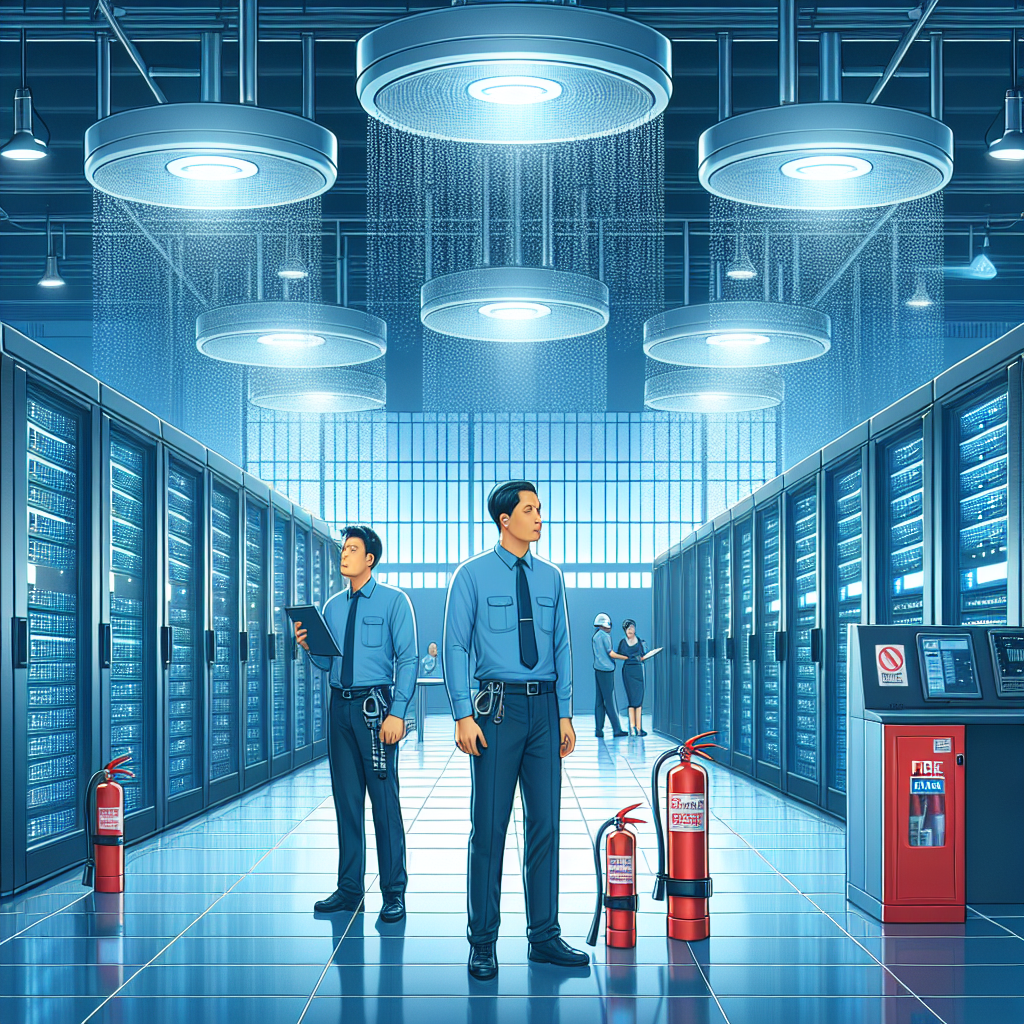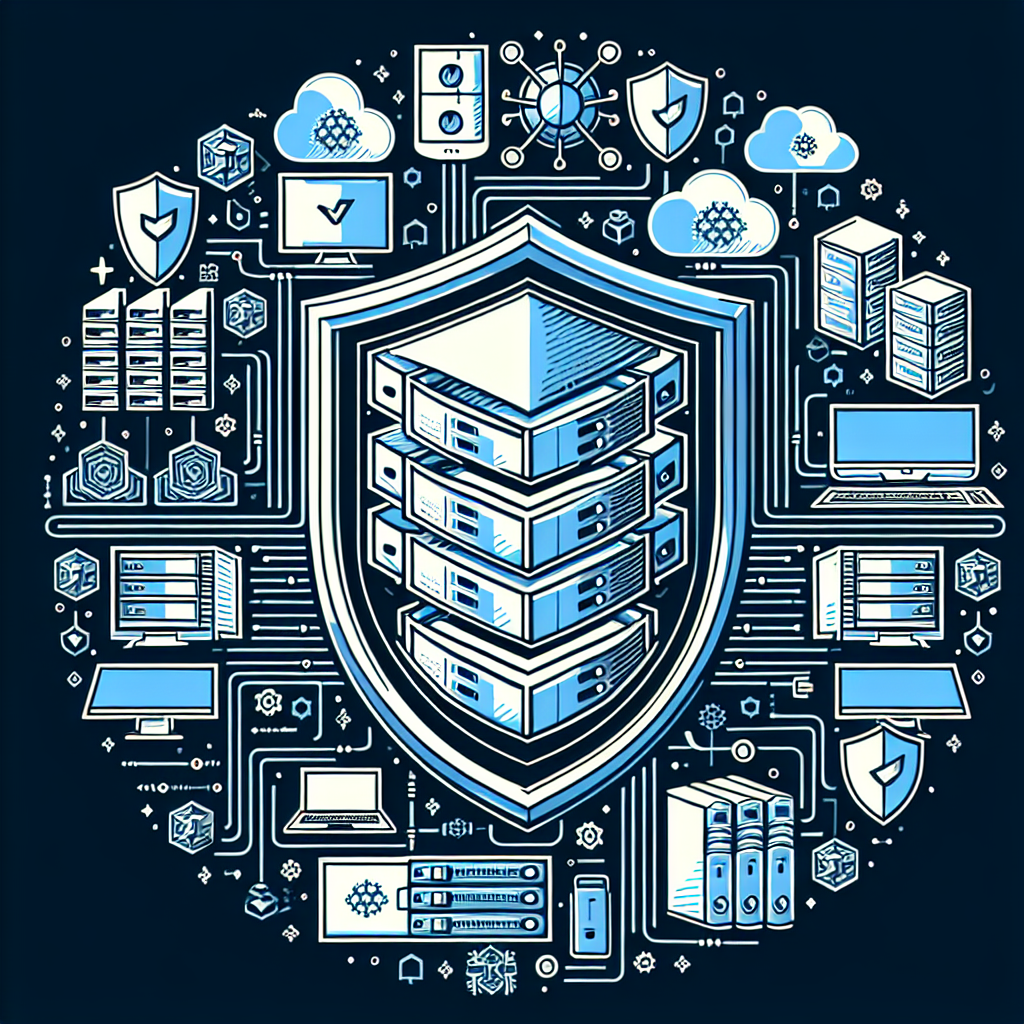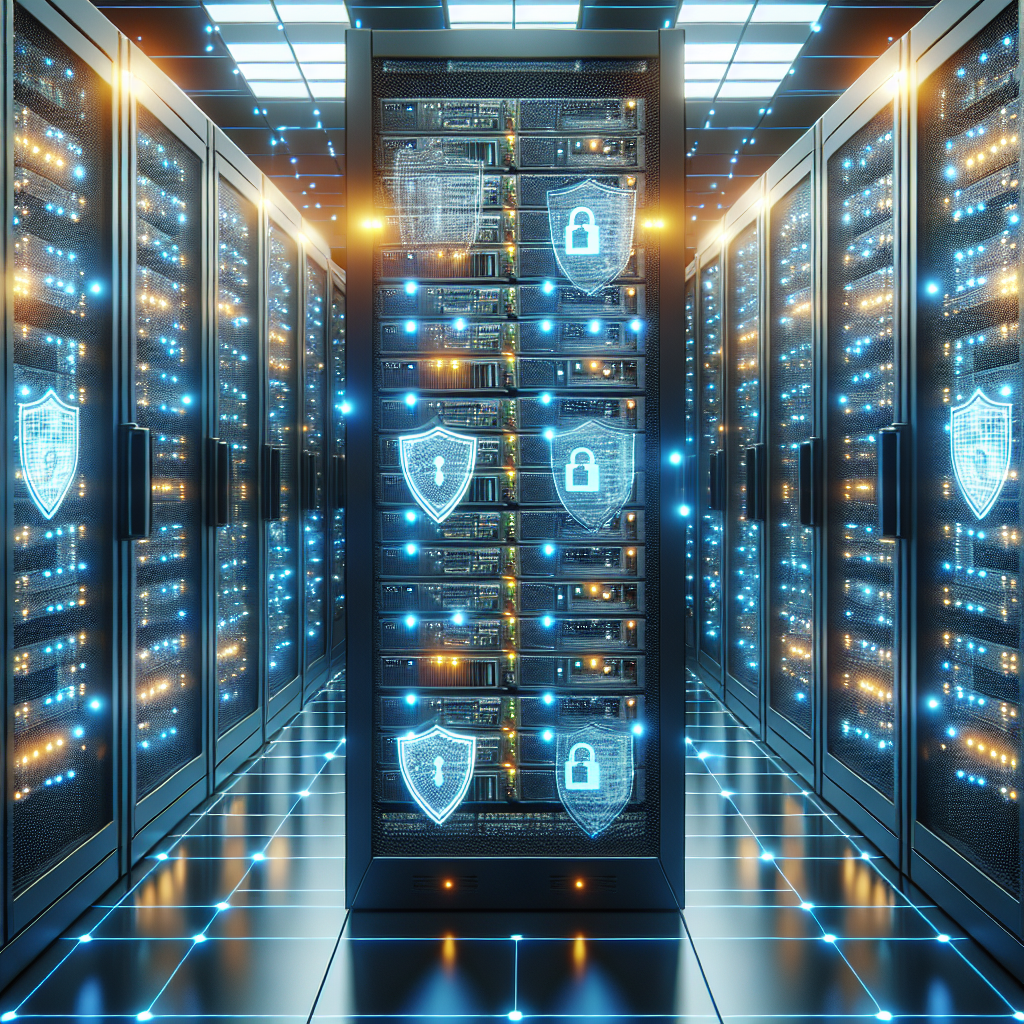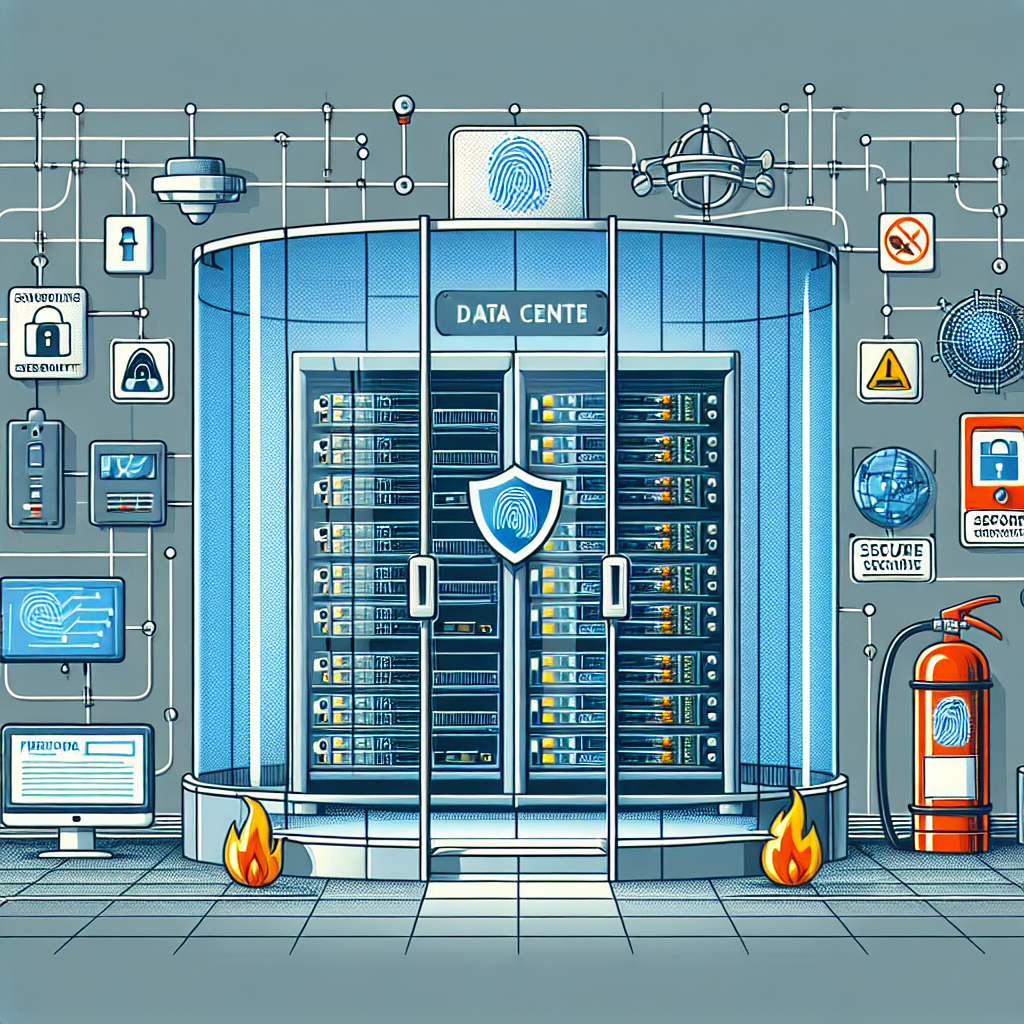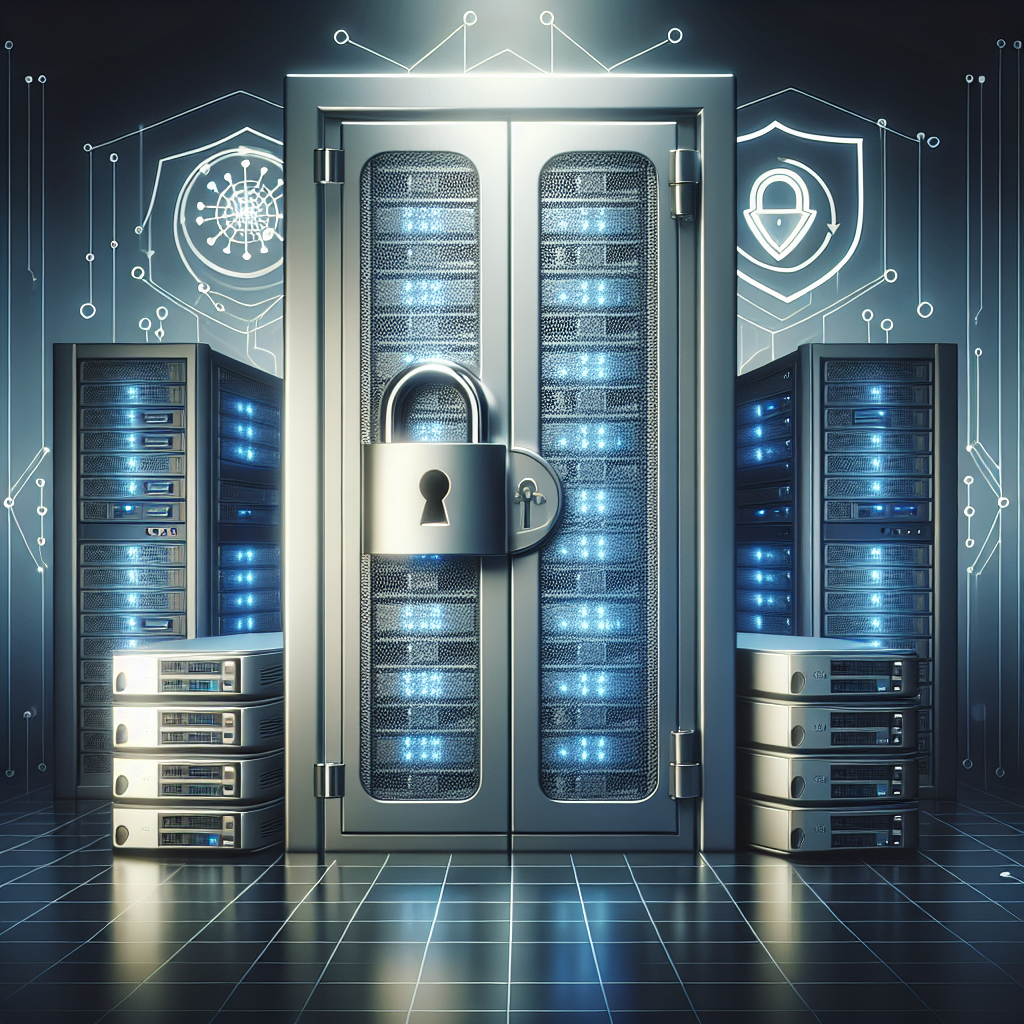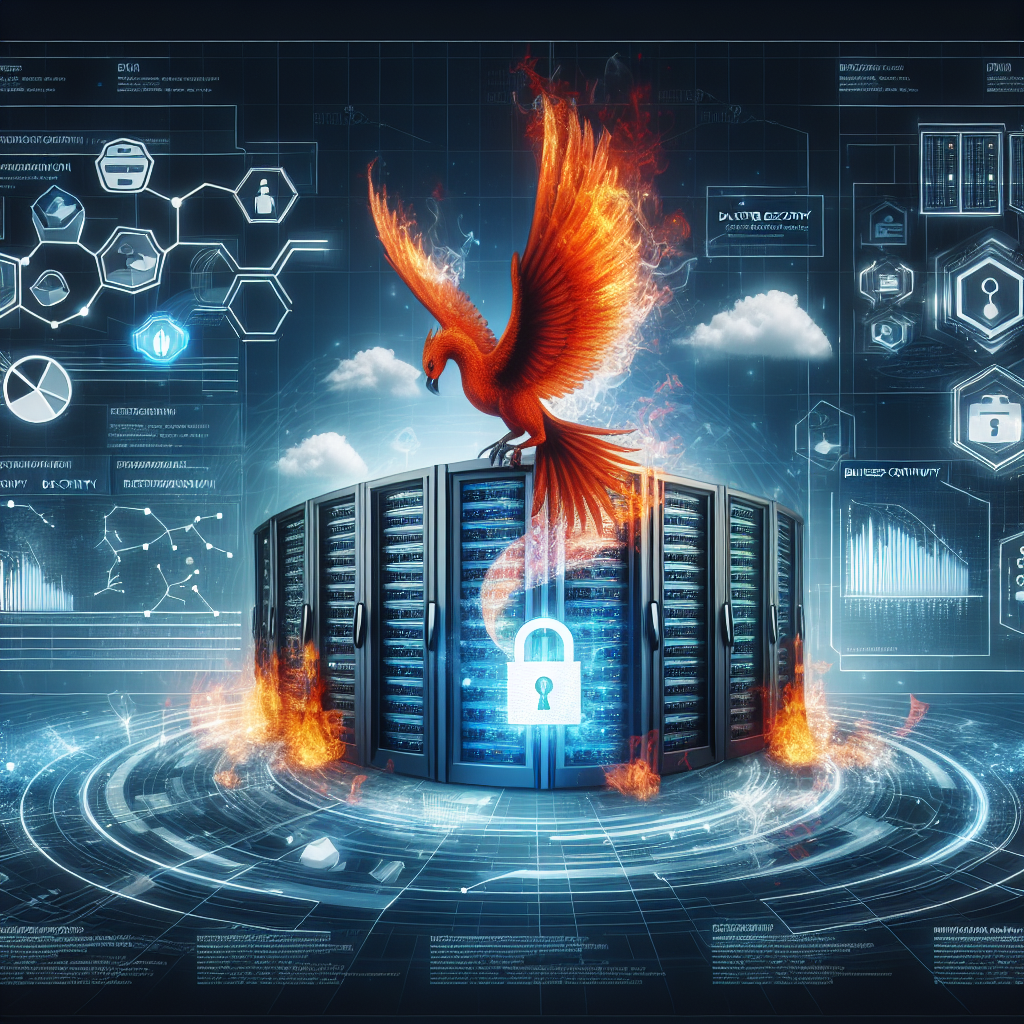Data centers play a crucial role in storing and managing vast amounts of information for organizations. As the heart of the digital infrastructure, protecting data centers from cyber threats is essential to safeguarding sensitive information. With the rise of cyberattacks and data breaches, it has become increasingly important for organizations to invest in the latest security systems to protect their data centers.
One of the key aspects of protecting a data center is implementing robust physical security measures. This includes controlling access to the facility through biometric scanners, key cards, or other authentication methods. Surveillance cameras and security guards can also help monitor and deter unauthorized individuals from entering the premises. Additionally, securing server racks and cabinets with locks and alarms can prevent tampering and theft of equipment.
In addition to physical security, organizations should also invest in advanced cybersecurity solutions to protect their data centers from online threats. This includes implementing firewalls, intrusion detection systems, and antivirus software to detect and prevent malicious activities. Regular security audits and vulnerability assessments can help identify potential weaknesses in the system and address them before they are exploited by cybercriminals.
Another important aspect of data center security is data encryption. By encrypting data at rest and in transit, organizations can ensure that sensitive information remains secure even if it falls into the wrong hands. Secure data destruction practices should also be implemented to properly dispose of old equipment and prevent data leakage.
Furthermore, organizations should establish strict access controls and permissions to limit the exposure of sensitive data to authorized personnel only. This includes implementing role-based access control and regularly reviewing and updating user permissions to ensure that only those who need access to certain information can retrieve it.
Overall, protecting a data center requires a multi-layered approach that combines physical security measures with advanced cybersecurity solutions. By investing in the latest security systems and best practices, organizations can effectively safeguard their data centers and prevent costly data breaches. It is important for organizations to stay updated on the latest security trends and technologies to stay ahead of cyber threats and protect their valuable data.
